Author: Martin Keen
As the Alsace-grown version of the classic British variety whose moniker comes from the man who first sold it in 1861, there’s little information available about French Fuggle hops. While purported to impart generally similar characteristics as the those grown in the UK including earthy, floral, and spicy notes, some claim that the climate of the Alsace region lends a more desirable aromatic quality.
Alpha: 4.6 – 5.1%
Beta: 2.0 – 3.0%
Cohumulone: 25 – 30%
Total Oil: 0.5 – 1.0 mL/100g
Myrcene: 26 – 34%
Humulene: 30 – 35%
Caryophyllene: 2.8 – 3.5%
Farnesene: unknown
Linalool: unknown
Geraniol: unknown
ß-Pinene: unknown
Parentage: discovered in a British flower garden; unknown parentage
As an emigrant from the UK, I’ve certainly had my fair share of British ale made with Fuggle, and I’ve used this hop a number of times in my own brewing as well. When I learned about a version of this classic variety that was grown in France, I excitedly picked some up for use in The Hop Chronicles.
| MAKING THE BEER |
Starting with our standard Hop Chronicles Pale Ale recipe, I made adjustments to the kettle hop additions to ensure a consistent level of bitterness. Thanks to Atlantic Brew Supply for providing the malt for this batch!
French Fuggle Pale Ale
Recipe Details
| Batch Size | Boil Time | IBU | SRM | Est. OG | Est. FG | ABV |
|---|---|---|---|---|---|---|
| 5.1 gal | 60 min | 45.5 | 4.2 SRM | 1.056 | 1.006 | 6.56 % |
| Actuals | 1.056 | 1.006 | 6.56 % | |||
Fermentables
| Name | Amount | % |
|---|---|---|
| Pale Malt | 10 lbs | 83.33 |
| Vienna Malt | 2 lbs | 16.67 |
Hops
| Name | Amount | Time | Use | Form | Alpha % |
|---|---|---|---|---|---|
| French Fuggle | 30 g | 60 min | First Wort | Pellet | 4.5 |
| French Fuggle | 28 g | 30 min | Boil | Pellet | 4.5 |
| French Fuggle | 36 g | 15 min | Boil | Pellet | 4.5 |
| French Fuggle | 56 g | 2 min | Boil | Pellet | 4.5 |
| French Fuggle | 56 g | 4 days | Dry Hop | Pellet | 4.5 |
Yeast
| Name | Lab | Attenuation | Temperature |
|---|---|---|---|
| Flagship (A07) | Imperial Yeast | 77% | 32°F - 32°F |
Notes
| Water Profile: Ca 130 | Mg 0 | Na 8 | SO4 175 | Cl 84 |
Download
| Download this recipe's BeerXML file |
I started this brew day by adding the full volume of RO water to my kettle, adjusting it to my desired mineral profile, then flipping the switch to get it heating up.
When the water was properly heated, I incorporated the milled grains and set the controller to maintain my desired mash temperature of 152°F/67°C.
During the mash rest, I prepared the kettle hop additions.
Once the 60 minute mash was complete, I removed the grains and proceeded to boil the wort for 60 minutes, adding hops at the times stated in the recipe.
When the boil was complete, I used my Exchilerator Maxx CFC to quickly chill it before taking a digital hydrometer measurement showing it was at my target OG.
At this point, I set my glycol chiller to 66°F/19°C then direct pitched a single pouch of Imperial Yeast A07 Flagship into the wort.
A week into fermentation, I added the dry hop charge then left the beer alone for another week before I took a hydrometer measurement indicating it was at 1.006 FG. Following a 2 day cold-crash at 38°F/3°C, I press pressure-transferred the beer to a CO2 purged keg that was placed in my keezer and burst carbonated overnight before the gas was reduced to serving pressure. After a week of conditioning, it was ready to serve to blind tasters.
| METHOD |
Participants were instructed to focus only on the aromatic qualities of the beer before evaluating the flavor. For each aroma and flavor descriptor, tasters were asked to write-in the perceived strength of that particular characteristic on a 0-9 scale where a rating of 0 meant they did not perceive the character at all and a 9 rating meant the character was extremely strong. Once the data was collected, the average rating of each aroma and flavor descriptor was compiled and analyzed.
| RESULTS |
A total of 18 people participated in the evaluation of this beer, all blind to the hop variety used until after they completed the survey. The average aroma and flavor ratings for each descriptor were plotted on a radar graph.
Average Ratings of Aroma and Flavor Perceptions
The 3 characteristics endorsed as being most prominent by participants:
| Aroma | Flavor |
| Citrus | Tropical Fruit |
| Tropical Fruit | Citrus |
| Berry | Pine + Grassy (tie) |
The 3 characteristics endorsed as being least prominent by participants:
| Aroma | Flavor |
| Onion/Garlic | Onion/Garlic + Dank/Catty (tie) |
| Spicy/Herbal | Spicy/Herbal |
| Dank/Catty | Resinous |
Next, participants were asked to rate the pungency/strength of the hop.
Tasters were then instructed to identify beer styles they thought the hop would work well in.
Finally, participants were asked to rate how much they enjoyed the hop character on a 1 to 10 scale.
My Impressions: This beer presented as an agreeable ale with mildly floral and light citrus hop character. While more restrained than expected given the amount of hops used, this single-hop French Fuggle Pale Ale was easy drinking and thoroughly enjoyable.
| CONCLUSION |
It’s widely accepted that terroir has an impact on the characteristics of farmed foods, and hops are certainly no exception. While French Fuggle certainly shares similarities with those grown in Britain, they’re said to have unique qualities as well, with some believing they impart a more desirable spicy aroma.
The most prominent characteristics noted by tasters of a Pale Ale hopped solely with French Fuggle were citrus and tropical fruit, with noticeable amounts of berry, pine, and grassy notes. Interestingly, floral was rated fairly low, which may be a function of the relatively high hopping rate. Despite a vast majority of tasters rating the hop pungency in this beer as being mild to moderate, one-third felt it would work well in APA/IPA, though the style endorsed by most tasters was pale lager.
Overall, it seemed tasters had a fairly mediocre opinion of this single hop French Fuggle Pale Ale, which isn’t surprising considering how different this hop is from modern fruity varieties. I agree that the hop character was mild, but I felt this beer was quite refreshing and rather enjoyed drinking it. While I’m not likely to brew with French Fuggle in this capacity again, I wouldn’t have an issue using it in place of British Fuggle in styles that aren’t hopped as heavily, or in combination with other varieties as way to get layered hop character.
French Fuggle hops are available now at Yakima Valley Hops, get some while you can! If you have any thoughts on this variety, please feel free to share them in the comments section below.
Support Brülosophy In Style!
All designs are available in various colors and sizes on Amazon!
Follow Brülosophy on:
FACEBOOK | TWITTER | INSTAGRAM
If you enjoy this stuff and feel compelled to support Brulosophy.com, please check out the Support page for details on how you can very easily do so. Thanks!



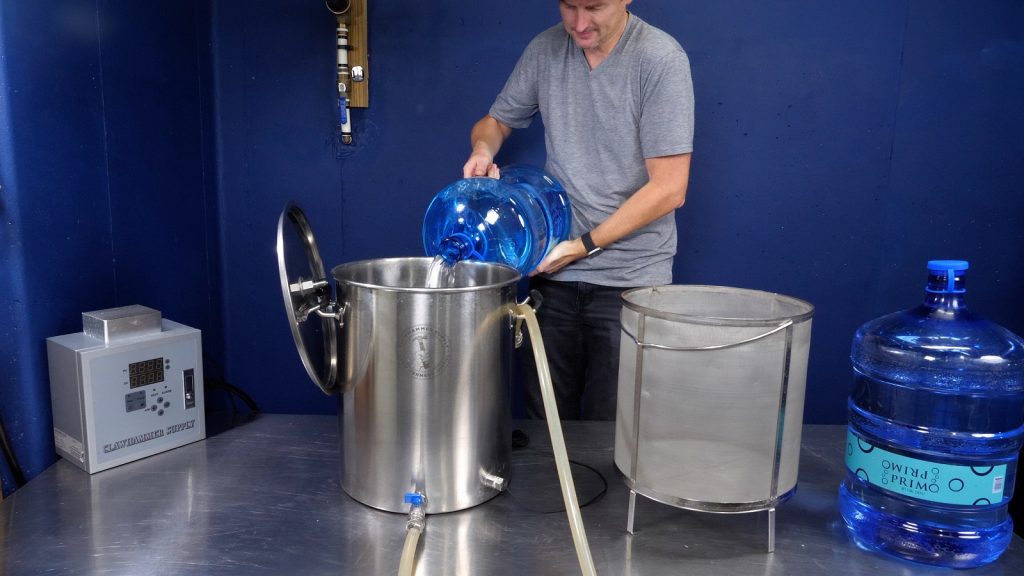
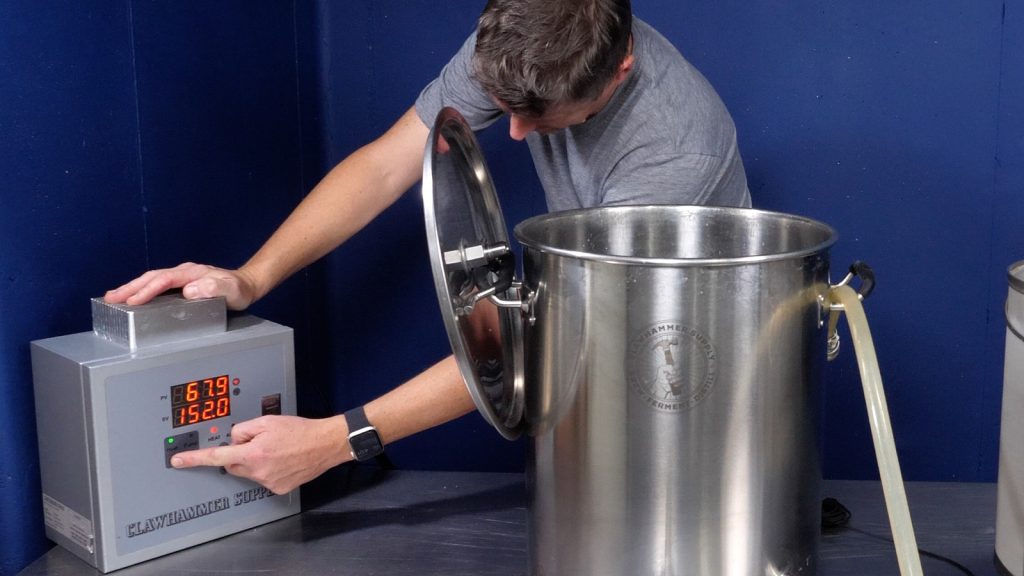
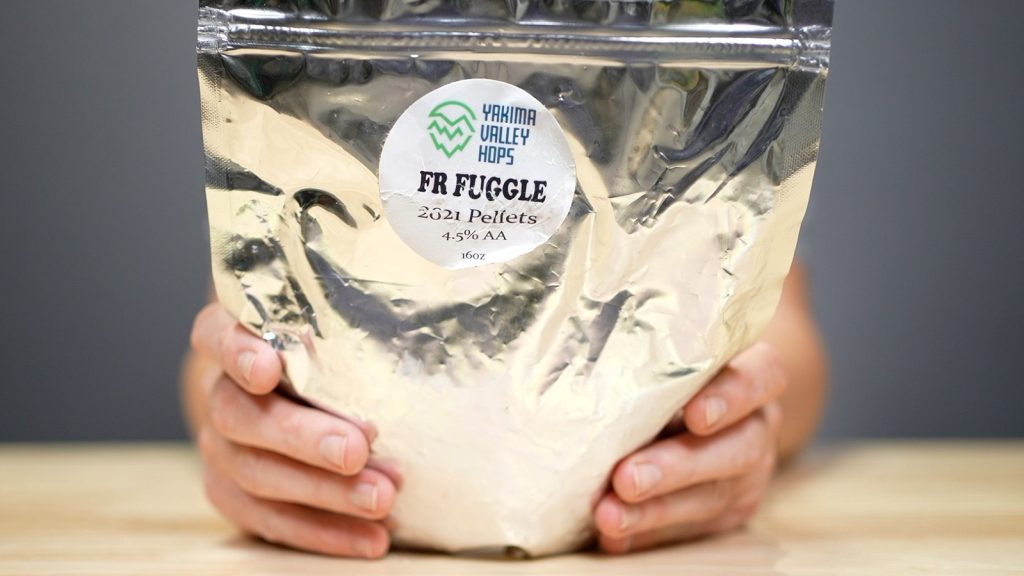
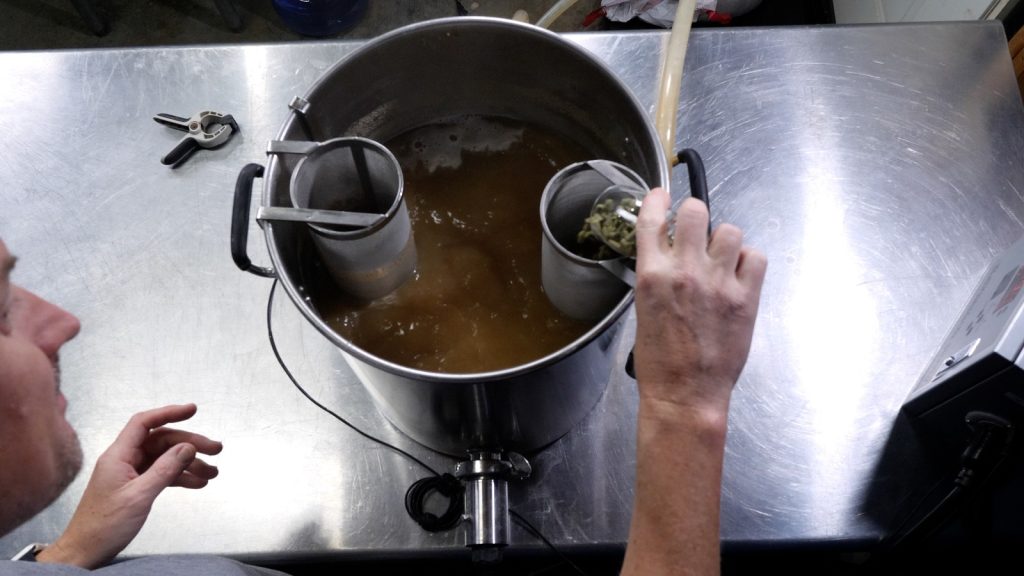
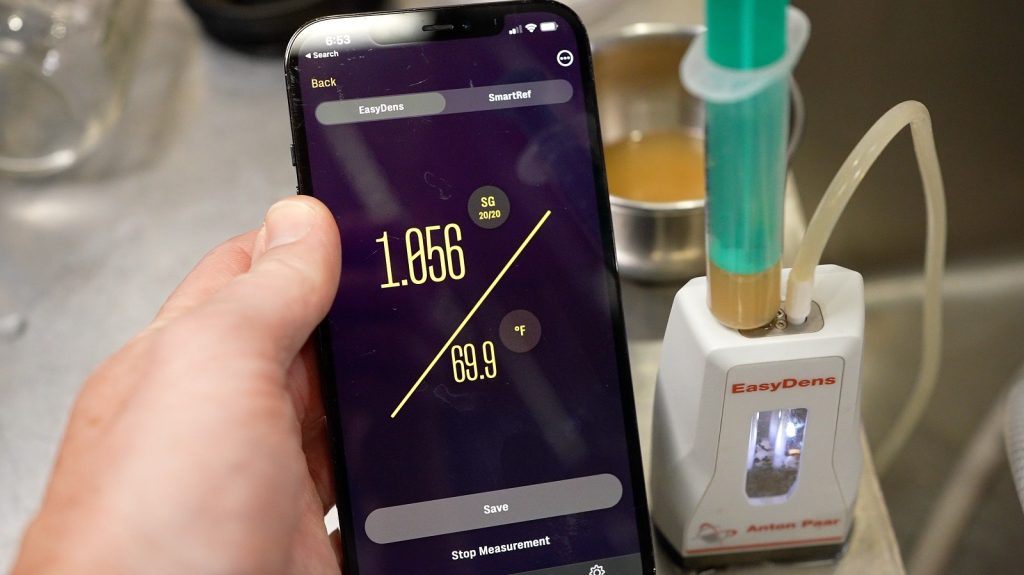
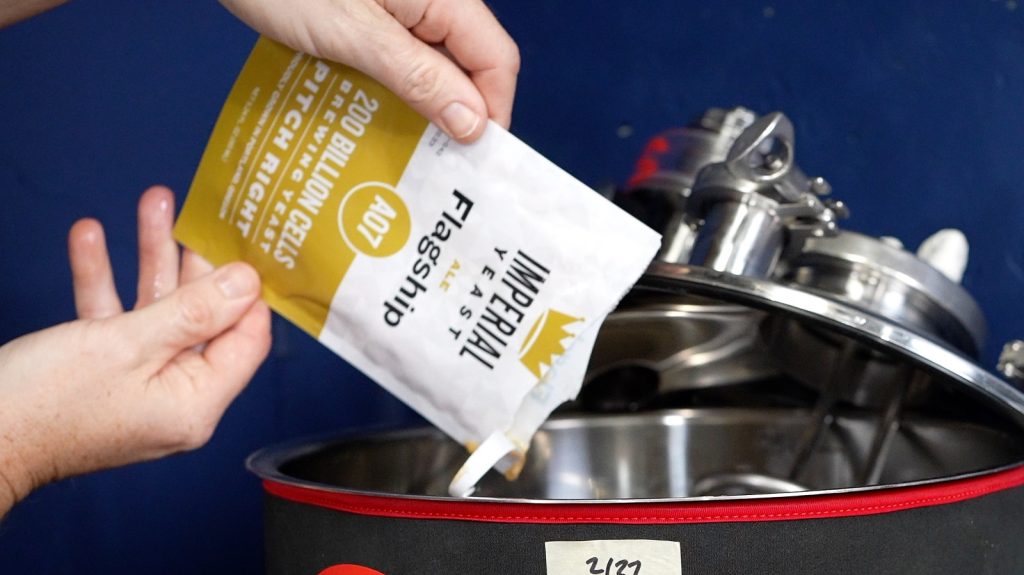
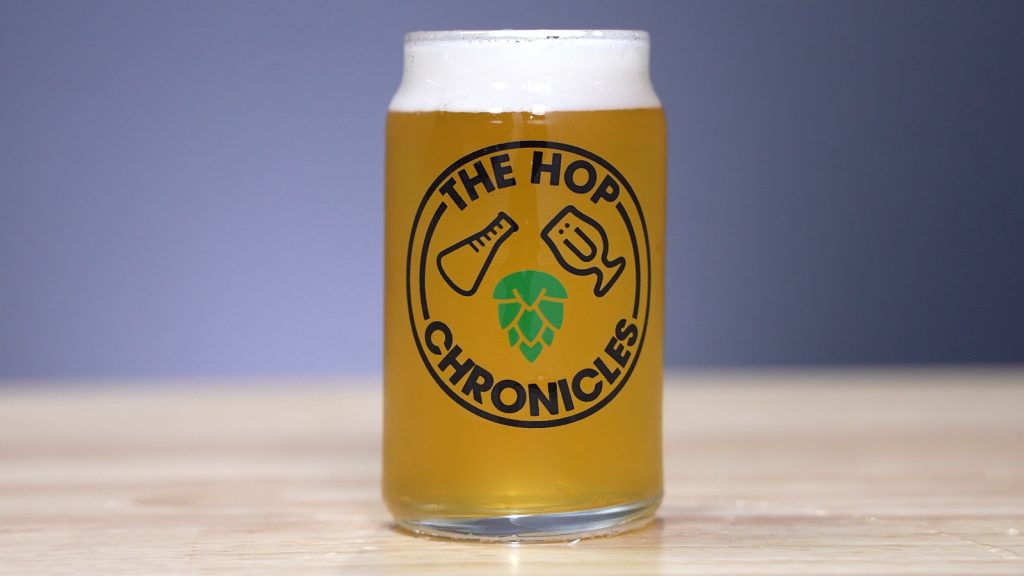

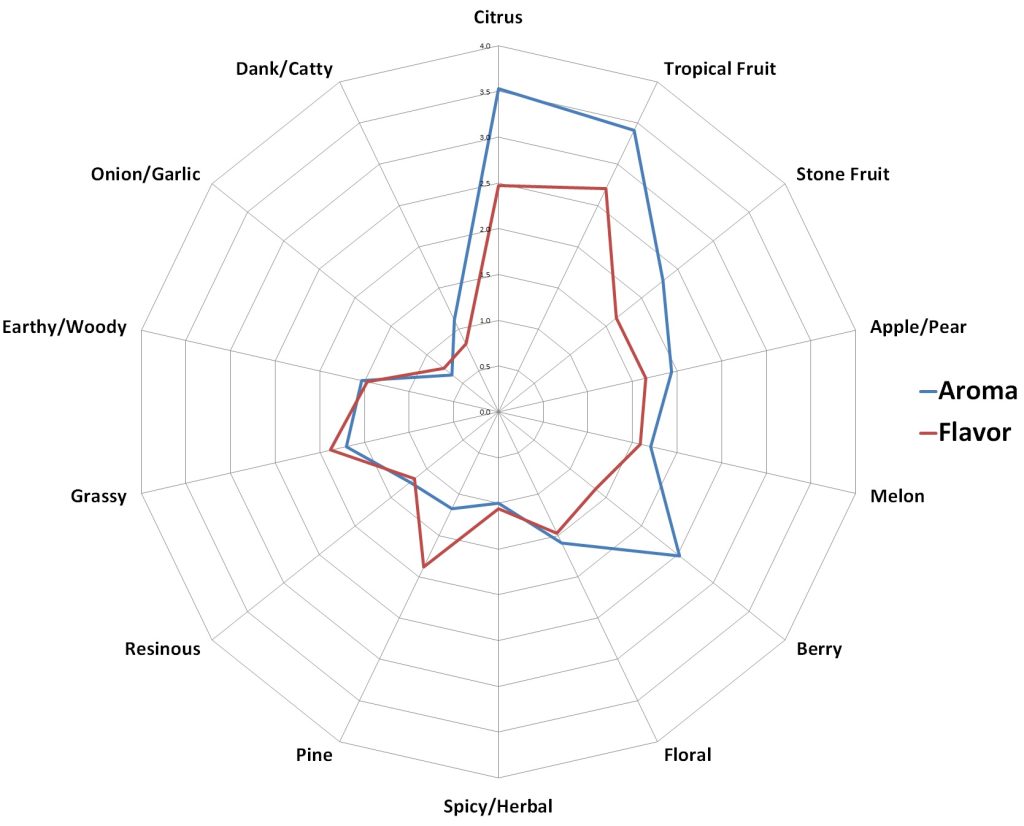
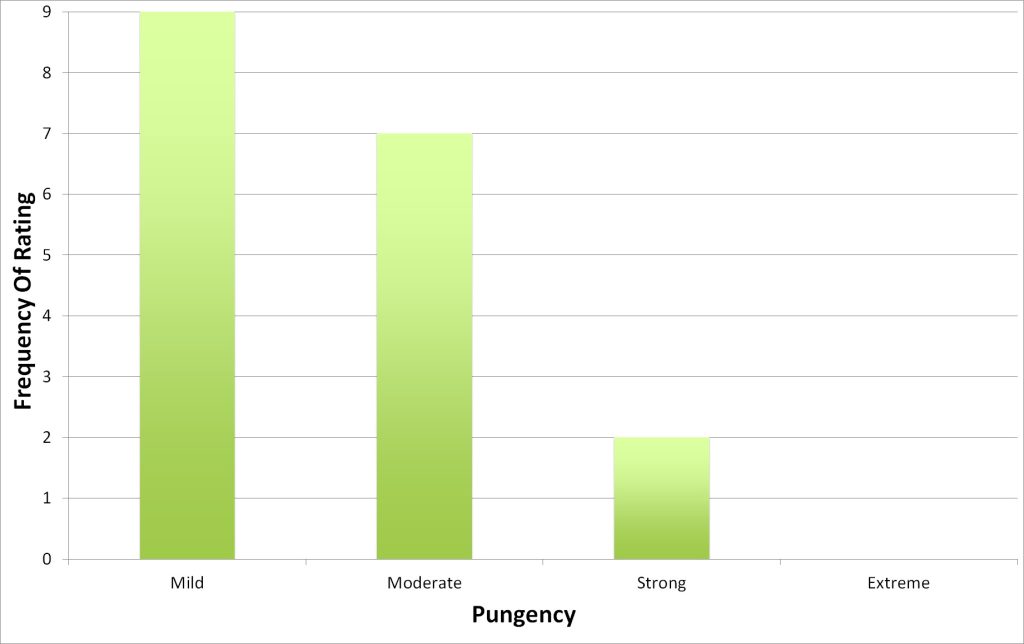
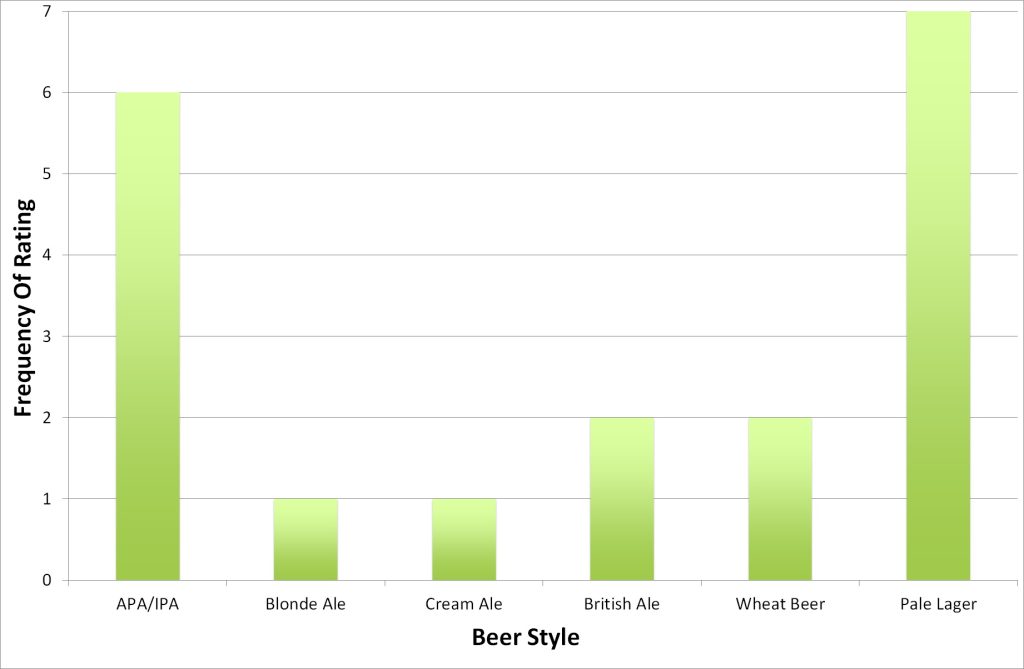
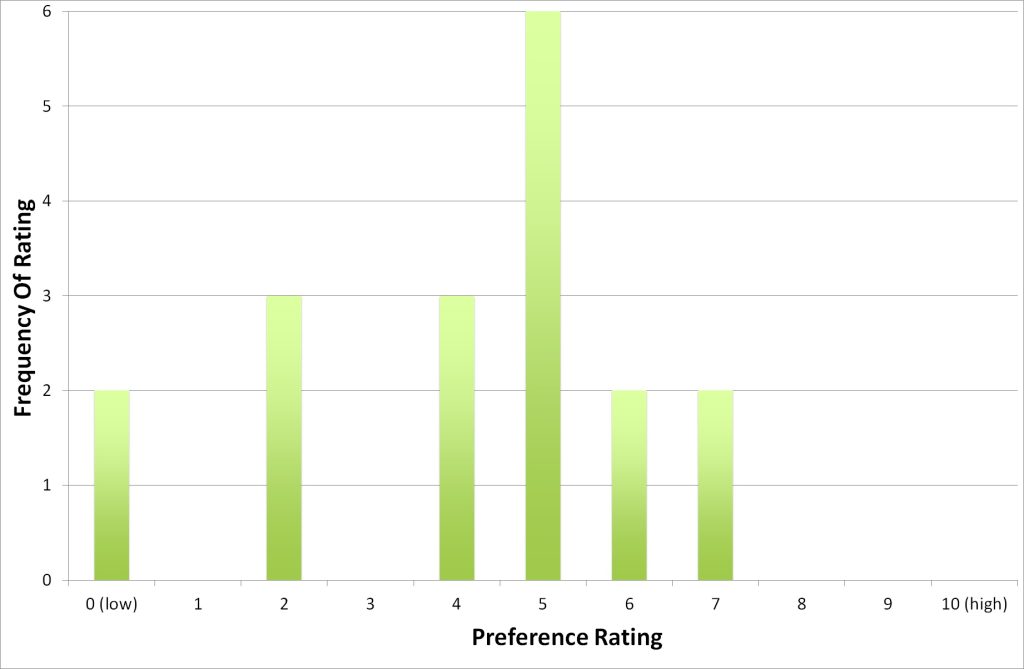











1 thought on “The Hop Chronicles | French Fuggle (2021) Pale Ale”
Very informative, the brew looks good I’m just concerned about the amount of hops used. Would halving the hops have a detrimental effect on the overall beer. I would like to reduce the hop addition and only add hoos at the 30 minute mark.
Thanks for the recipe ☺️